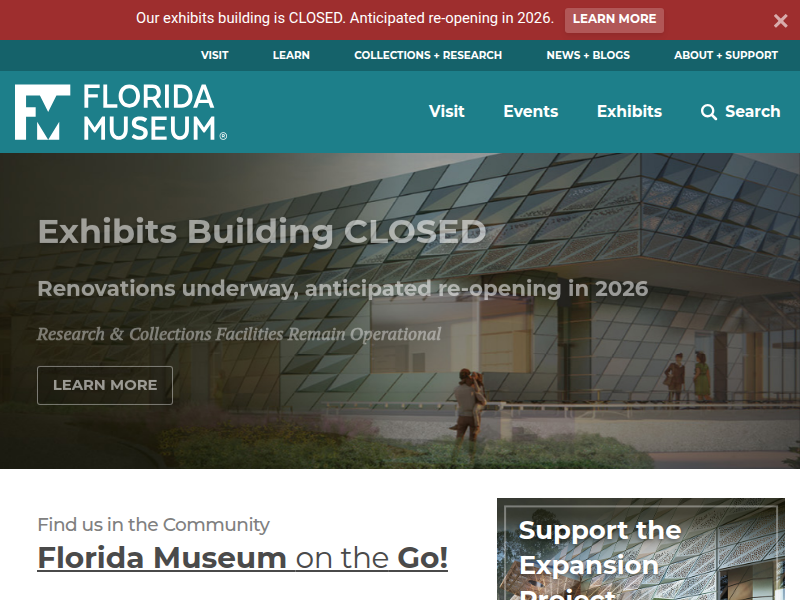Get Involved – South Florida Aquatic Environments https://www.floridamuseum.ufl.edu/southflorida/get-involved/
Get Involved! There are many things you can do at home and in your local community to help protect the natural habitats of south Florida. At Home! Recycle, reduce, and reuse! If your community does not have a recycling program, start one! Conserve water – more info below on how to conserve
toilets, consider low-volume units which use less than half the water of older models

